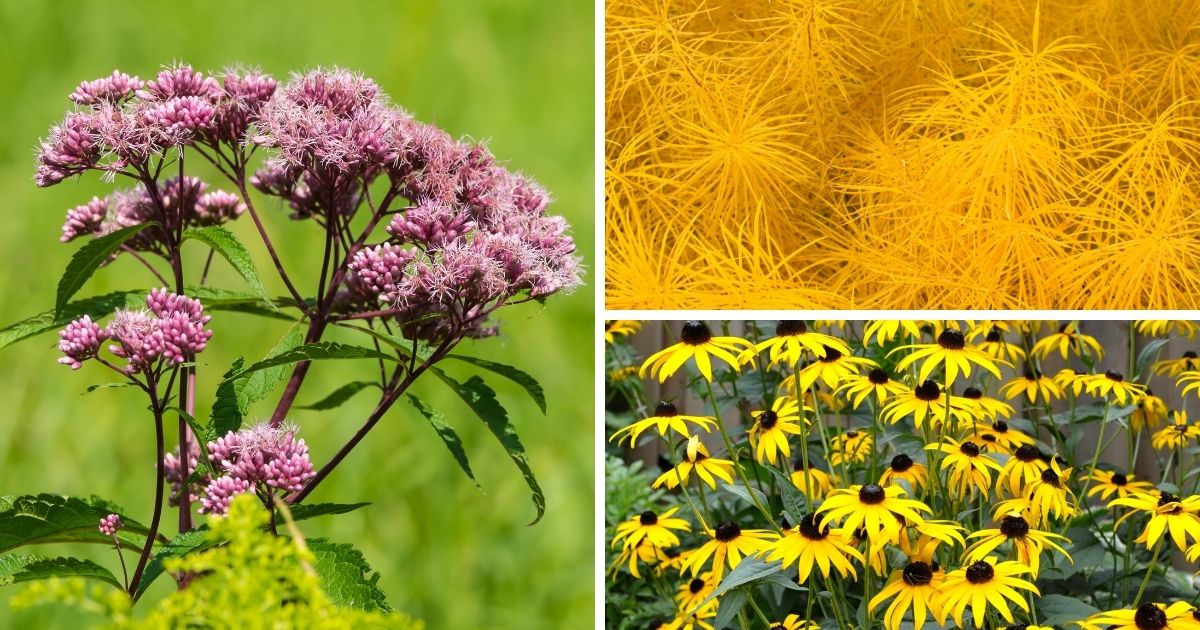
Category: Cooperative Extension

Preparing your Autumn Garden
September 19, 2024 Written by Carrie Murphy, Extension Agent, Lawn and Garden Program Leader
Creating a garden for all seasons implies that you provide interest in your gardens in spring, summer, fall and winter. This interest may appear in ornamental and vegetable gardens in several different forms, including showy flowers, colorful foliage and striking stems and fruit.
A gardener chooses plants for their garden based on the plants’ abilities to display desirable characteristics at specific times of the year, ultimately achieving interest in the garden year-round. Autumn reveals an assortment of attractive plants to use this time of year: Herbaceous plants flourish in the garden and butterflies flutter overtop the autumn blooms of Joe-Pye weed, asters, goldenrod and black-eyed Susans.
In the early morning, native grasses wave their dew-covered plumes and soak up the intense rays of the autumn sun. Annual plantings of mums, side by side with ornamental kale, dig their roots into the soil and shine with continuous blooms of purple, white, yellow, orange and burgundy. And, the foliage of many garden perennials turns color, like the bright yellow foliage of Amsonia.
With carefully selected plants, you can create combinations to ensure that your garden is full of autumn flavor and excitement.
Several woody plants also shine in the autumn landscape. The leaves of large, towering deciduous trees like sycamores, sweetgum, katsura tree and maple turn beautiful shades of red, orange and yellow before they fall slowly to the ground. Small flowering trees such as redbud, sassafras and sourwood display foliage, graced with rich autumn hues, before it, too, falls slowly to the garden floor. And, shrubby landscape plants like oakleaf hydrangeas, blueberries, viburnums, iteas and fothergillas make an impact closer to the ground, full of color.
Colorful fruit can be found in the autumn garden too. Purple beautyberry produces rows of strikingly abundant purple fruit to attract a variety of birds. And, viburnums, winter hawthorns and winterberries tease our eyes with a preview of the fruit display that will shine vibrantly in the winter season.
Before winter arrives, be sure to harvest any remaining fruit in your vegetable garden. Harvest pumpkins and squash for festive holiday décor or use in seasonal recipes and nip the last of the herbs for drying and seasoning.
